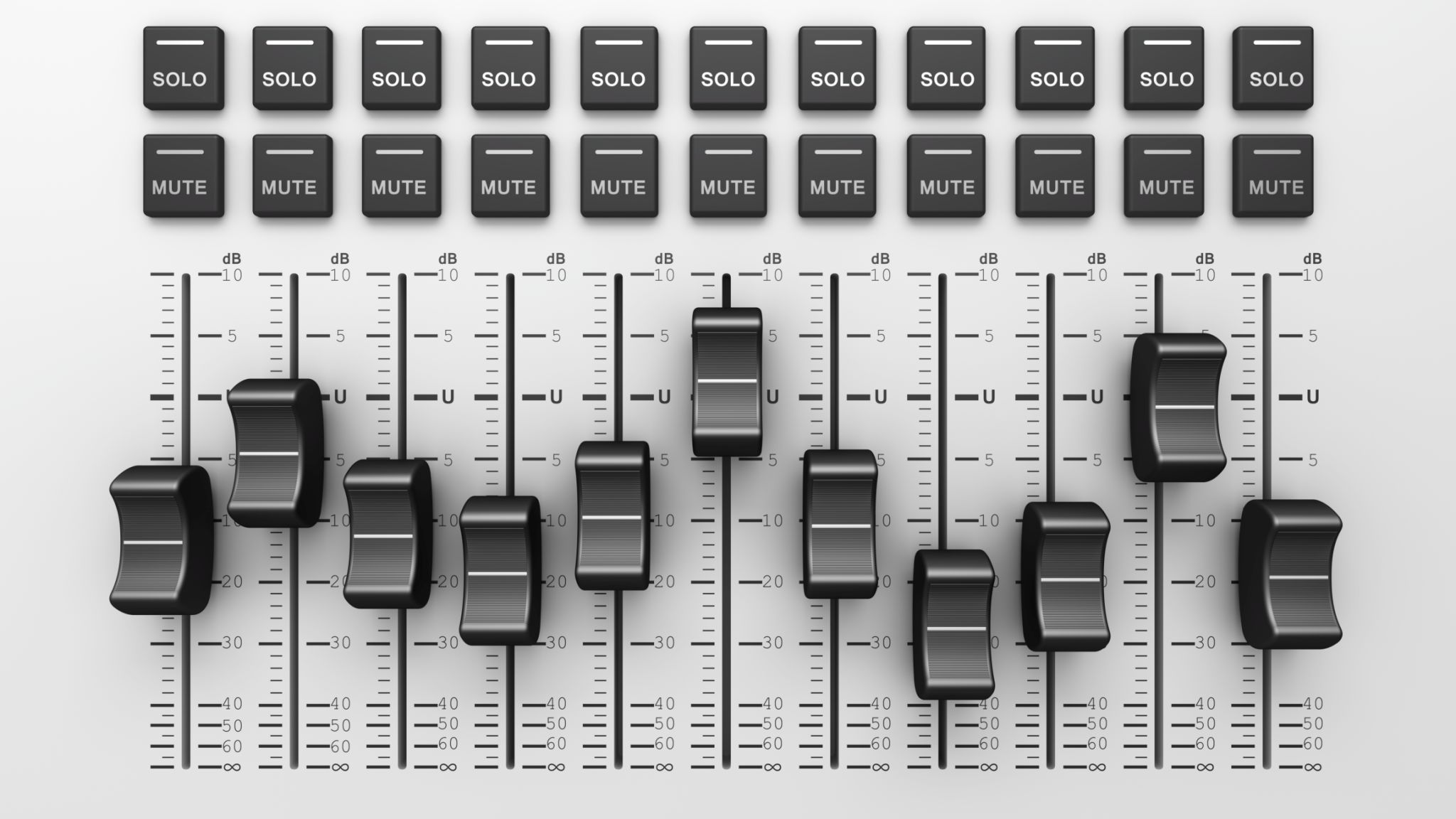The Ultimate Guide to Music Production: From Idea to Finished Track
Step 1: Conceptualizing Your Track
Every great track starts with a solid concept. Before you dive into the technical aspects of music production, spend time brainstorming ideas. Consider the mood, genre, and message you want your track to convey. This step is crucial because it lays the foundation for everything that follows.
Once you've settled on an idea, create a mood board or a playlist of songs that align with your vision. This will serve as a source of inspiration and guidance as you move forward in the production process.

Step 2: Setting Up Your Workspace
The next step is to set up your music production workspace. Having the right equipment and software is essential for bringing your musical ideas to life. Invest in a reliable computer, a Digital Audio Workstation (DAW), high-quality headphones, and studio monitors. These tools will allow you to work efficiently and effectively.
Organize your workspace to minimize distractions and maximize creativity. Ensure that all your equipment is easily accessible and that your DAW is set up with all the necessary plugins and samples.
Step 3: Composing the Track
With your concept and workspace ready, it's time to start composing. Begin by laying down the basic structure of your track. This typically includes creating a chord progression, melody, and bassline. Use your DAW to experiment with different sounds and arrangements.
Don't be afraid to explore new ideas and take creative risks during this stage. The composition phase is where you can truly express your artistic vision.

Step 4: Arranging and Editing
Once you have your main elements composed, it's time to arrange and edit your track. This involves organizing your sections into an engaging sequence, such as intro, verse, chorus, and bridge. Pay attention to transitions between sections to ensure a smooth flow.
Edit your track by refining individual elements and tweaking any rough spots. This step is crucial for maintaining a professional sound throughout the entire piece.
Step 5: Mixing and Sound Design
Mixing is where your track starts to come alive. During this phase, you'll balance the levels of different elements, adjust EQ settings, and add effects like reverb and delay. Proper mixing ensures that each component of your track is heard clearly and harmoniously.

Sound design is also an integral part of the mixing process. Experiment with different sound textures and timbres to enhance the overall aesthetic of your track.
Step 6: Mastering Your Track
The final stage in music production is mastering. This step involves applying a series of processes to ensure that your track sounds polished and consistent across all playback systems. Mastering can include compression, limiting, equalization, and stereo enhancement.
If you're new to mastering, consider hiring a professional or using specialized software to achieve the best results. A well-mastered track will stand out and make a lasting impression on listeners.
Step 7: Releasing Your Finished Track
With your track mastered and ready to go, it's time to share it with the world. Choose a release strategy that aligns with your goals, whether it be through streaming platforms, social media, or live performances.

Create engaging promotional materials such as cover art, teasers, and press releases to generate excitement around your release. Remember that marketing plays a key role in the success of your music.
Conclusion: Embrace the Creative Journey
Music production is a complex but rewarding process that transforms an idea into a finished track. By following these steps and embracing creativity at every stage, you'll develop your skills as a producer and create music that resonates with others.
Remember that practice makes perfect, so keep experimenting and refining your techniques. The ultimate goal is to enjoy the journey of making music while continually striving for improvement.
